The Drone Industry is at a crossroads as small and mid-size manufacturers grapple with the Federal Aviation Administration’s (FAA) Standard Remote ID (SRID) regulations. A comprehensive report from the Drone Advisory Council sheds light on the significant challenges these companies face in integrating SRID technology into their small unmanned aerial systems (sUAS). The findings paint a concerning picture for the future of innovation and competition in the drone market.
Understanding Standard Remote ID
Before diving into the challenges, it’s crucial to understand what Standard Remote ID entails. SRID is a set of regulations mandated by the FAA under Part 89 of Title 14 of the Code of Federal Regulations. It requires drones to broadcast identification and location information during flight, essentially creating a digital license plate for unmanned aircraft.

The goals of SRID are noble – enhancing safety, security, and the integration of drones into the national airspace. However, the implementation of these regulations has proven to be a significant hurdle, especially for smaller players in the industry.
Survey Reveals Zero Compliance Among Small Manufacturers
The Drone Advisory Council conducted an extensive survey among leading recreational and commercial drone manufacturers in the United States. The results were alarming and highlighted a stark reality:
- None of the surveyed manufacturers are currently producing SRID-compliant drones
- None have concrete plans to integrate SRID into their products in the near future
These findings raise serious questions about the feasibility of the current regulatory framework and its impact on the drone industry’s diversity and innovation.

Reasons Behind the Lack of Compliance
The survey delved deeper into why these manufacturers are not complying with SRID regulations. Several key factors emerged:
- Lack of Visible Enforcement: Many manufacturers reported that there’s “no enforcement visible.” This perception has led to a wait-and-see approach, with companies hesitant to invest in compliance when they don’t see immediate consequences for non-compliance.
- High Compliance Costs: The “cost of compliance is high,” both in terms of developing technical solutions and navigating the FAA’s approval process. For small companies operating on tight budgets, these costs can be prohibitive.
- Technical Skill Gap: Many smaller drone makers lack the “technical and integration skills” needed to implement SRID. As one manufacturer explained, “many drones consist of large components which are assembled and then run on open-source software. No programming is required.” This plug-and-play approach, while efficient for production, doesn’t lend itself well to the complex integration required for SRID.
- Regulatory Ambiguity: Some manufacturers cited the “vagueness of SRID rules” as a barrier to compliance. Without clear, actionable guidelines, companies are left uncertain about how to proceed.
- Competitive Disadvantage: There’s a fear among smaller manufacturers that investing in SRID compliance could put them at a competitive disadvantage. If they increase prices to cover compliance costs while larger companies can absorb these expenses, they risk losing market share.

Technical Challenges for Small Drone Makers
The report highlights specific technical challenges that are particularly daunting for small manufacturers:
- Integrating SRID into Propulsion Systems: This requires a deep understanding of both drone mechanics and SRID technology, a combination that many small teams lack.
- Incorporating Telemetry Signals: Establishing a reliable link between the ground control station and the drone for SRID purposes is another technical hurdle.
These challenges are exacerbated by the fact that many small drone makers specialize in assembling pre-made components rather than designing systems from the ground up. This approach, while cost-effective and flexible, makes it difficult to integrate the kind of deep-level changes required for SRID compliance.

The Impact on Innovation and Competition
The current situation poses a significant threat to innovation and competition in the drone industry. Smaller companies often drive innovation, bringing fresh ideas and niche solutions to the market. If these companies are squeezed out due to regulatory burdens, the industry risks becoming dominated by a few large players, potentially stifling creativity and diversity in Drone Technology.
Moreover, many of these smaller manufacturers are based in the United States. Their struggle to comply with SRID regulations could inadvertently give an advantage to foreign manufacturers with more resources, potentially impacting domestic drone production and technological leadership.
Recommendations to Level the Playing Field
Recognizing the severity of the situation, the Drone Advisory Council has put forward several recommendations aimed at creating a more equitable compliance framework:
- Two-Year Enforcement Deferment: The Council suggests a two-year period of deferred enforcement for manufacturers actively pursuing compliance plans. This would give smaller companies breathing room to develop and implement SRID solutions without the immediate threat of penalties.
- Interim Compliance Solution: Allowing the use of Remote ID Broadcast Modules as a temporary compliance measure could provide a more accessible path for smaller manufacturers while they work towards full SRID integration.
- Pre-Approved Technical Solutions: The FAA could provide a Declaration of Compliance for specific, pre-approved technical solutions. This would significantly reduce the risk and uncertainty for manufacturers in choosing a compliance strategy.
- Consideration of Manufacturer Demographics: The Council emphasizes the need for the FAA to recognize that many drone manufacturers are small to mid-size companies that require assistance to achieve compliance.
- Integration with BVLOS Rulemaking: The report suggests incorporating SRID deferment considerations into the upcoming Beyond Visual Line of Sight (BVLOS) Notice of Public Rulemaking. This could provide a more comprehensive approach to drone regulations.

The Role of the Drone Advisory Council
The Drone Advisory Council, which produced this report, plays a crucial role in advocating for the drone industry. Their mission, “To advance drone technology and capabilities through transparency, advocacy, and action, fostering a harmonized airspace for recreational, commercial, and public safety purposes,” underscores the importance of finding balanced solutions to regulatory challenges.
The Council’s approach is three-pronged:
- Formative: Providing input at the earliest stages of new ideas and regulations.
- Substantive: Advocating for the drone industry during the rulemaking process.
- Enduring: Offering sustained support for safe and valuable ideas in the long term.
This comprehensive approach aims to ensure that regulations like SRID can be implemented in a way that enhances safety without stifling innovation or unfairly burdening smaller industry players.

Looking Ahead: The Future of Drone Regulations
The challenges surrounding SRID compliance highlight the need for a more nuanced approach to drone regulations. As the industry continues to evolve rapidly, regulators must find ways to balance safety concerns with the need to foster innovation and competition.
Some potential paths forward could include:
- Tiered compliance requirements based on manufacturer size or drone capabilities
- Government-funded technical assistance programs for small drone makers
- Collaborative industry-wide efforts to develop open-source SRID solutions
DroneXL’s Take
The challenges faced by small drone manufacturers in implementing SRID highlight a broader issue in the drone industry. As regulations become more complex, there’s a real risk of stifling innovation and pushing out smaller players who often drive creativity in the field.
The FAA’s approach to SRID implementation could have far-reaching consequences for the future of drone technology in the United States. Finding a balance between safety requirements and fostering a diverse, innovative drone ecosystem will be crucial for maintaining U.S. leadership in this rapidly evolving sector.
Moreover, this situation underscores the importance of ongoing dialogue between regulators, industry leaders, and smaller innovators. The drone industry’s future depends on creating a regulatory environment that ensures safety while also nurturing the entrepreneurial spirit that has driven so much progress in drone technology.
As we move forward, it will be essential to monitor how the FAA responds to these challenges and whether the recommendations put forth by the Drone Advisory Council gain traction. The resolution of the SRID compliance issue could set important precedents for how future drone regulations are developed and implemented.
What are your thoughts on the SRID challenges facing small drone manufacturers? Do you think the current regulatory approach is appropriate, or should there be more consideration for smaller players in the industry? Share your perspective in the comments below and join the conversation about the future of drone technology and regulation.
Discover more from DroneXL
Subscribe to get the latest posts sent to your email.
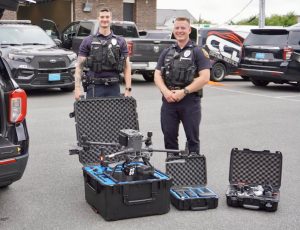




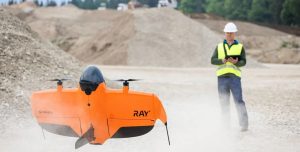
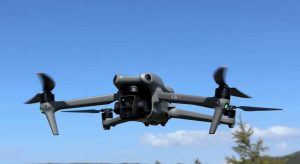
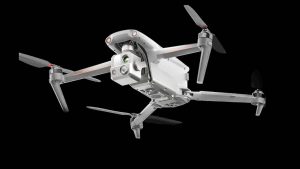


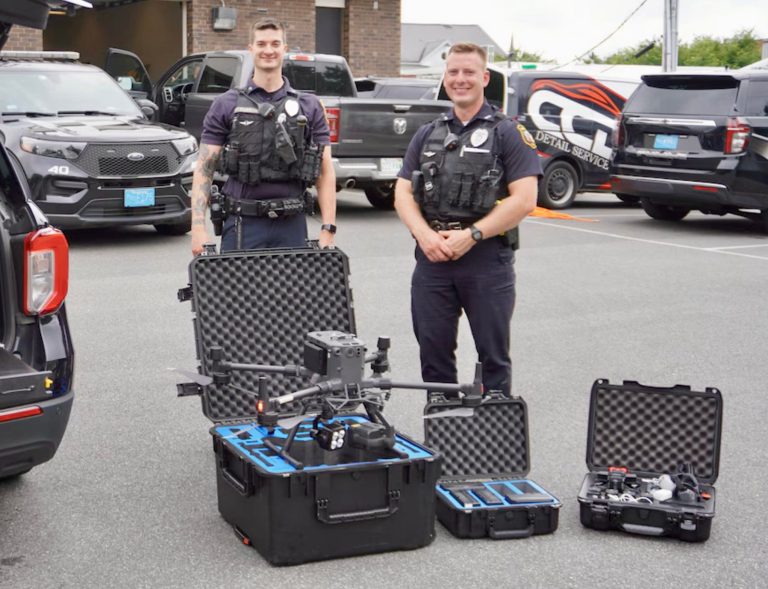



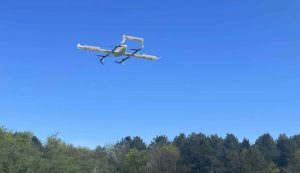


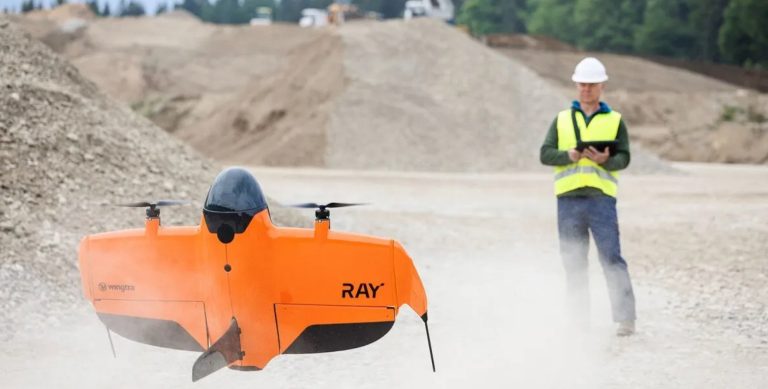
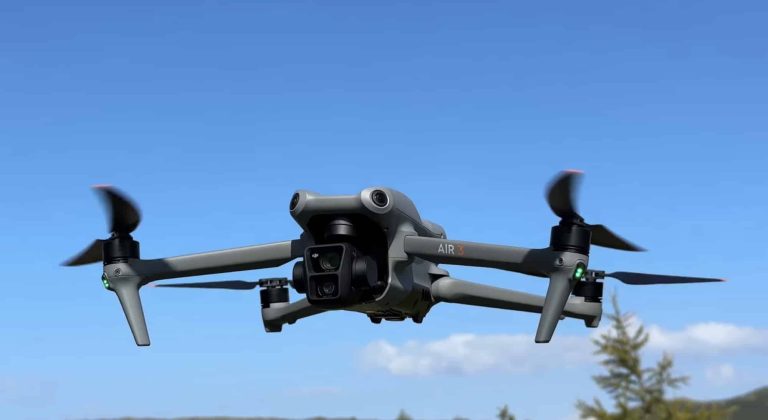
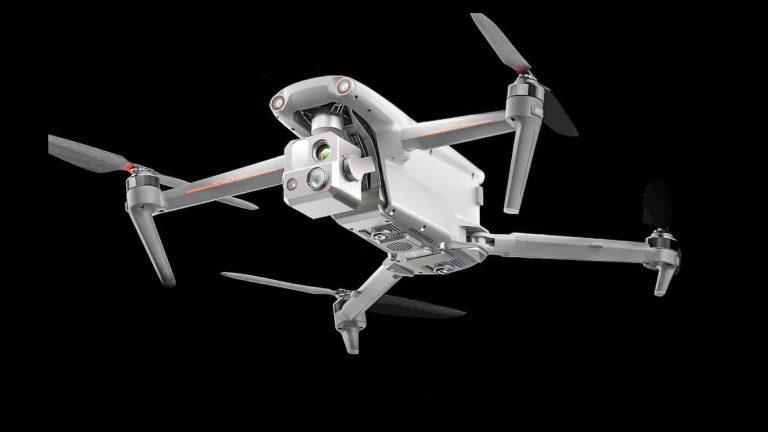
+ There are no comments
Add yours